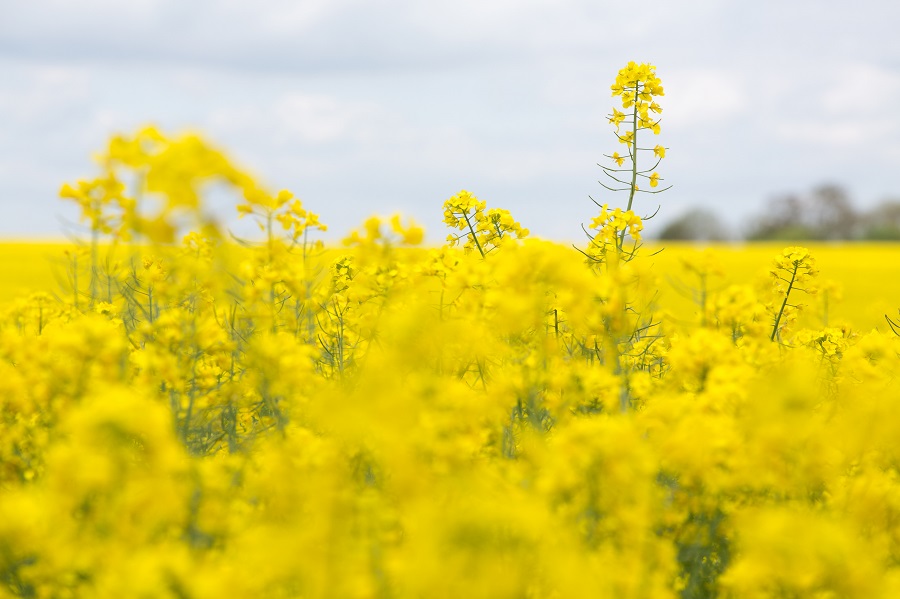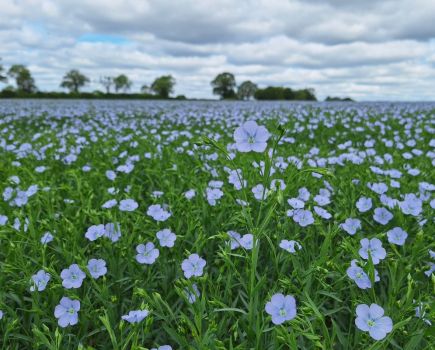Although autumn herbicide programmes are working well in most oilseed rape crops, reports of spring-emerging weeds means growers may need to keep a close eye on crops and take decisive action.
Many crops with dense canopies are offering good suppression of emerged weeds and competition. However, these are starting to open up following recent frosts. With a spring flush likely as temperatures rise, Corteva Agriscience is advising growers to keep a close on their crops and act quickly.
“Although crops may be looking great now, spring-emerging weeds are not hard to find,” Clare Stapley, OSR category manager at Corteva Agriscience. “Later flushes of cleavers are being seen following autumn herbicides. It’s key to control these as they can cause issues at harvest.
“There is also potential for crops to open up further where cabbage stem flea beetle larvae is starting to impact. It’s essential that growers watch out for weed flushes in these situations.”
Application advice
The application window for Korvetto (clopyralid+ halauxifen-methyl) opens on 1 March – a product which has excellent activity on those key target weeds. It contains Arylex Active – the same active ingredient used in autumn herbicide Belkar (halauxifen-methyl+ picloram) – in formulation with clopyralid.
With many crops well advanced, growers are advised to make applications as soon as the application window opens, and conditions allow.
Clare adds: “Korvetto is essential for those growers starting to see evidence of cleavers as it controls them up to 10cm.
“Acting sooner rather than later is key. Targeting weeds when they are small increases the level of control from the product. And you must apply Korvetto before growth stage BBCH 50, which won’t be too far away for crops which were drilled early and have grown away well.”
There are no following crop restrictions in conventional rotations, and farmers can still use 1l/ha of Korvetto if they have applied a post-emergence herbicide in the autumn such as Belkar or AstroKerb (propyzamide + aminopyralid).
Treatments should be made prior to crop canopy closure and before flower buds are visible from above the crop canopy (BBCH 50).




